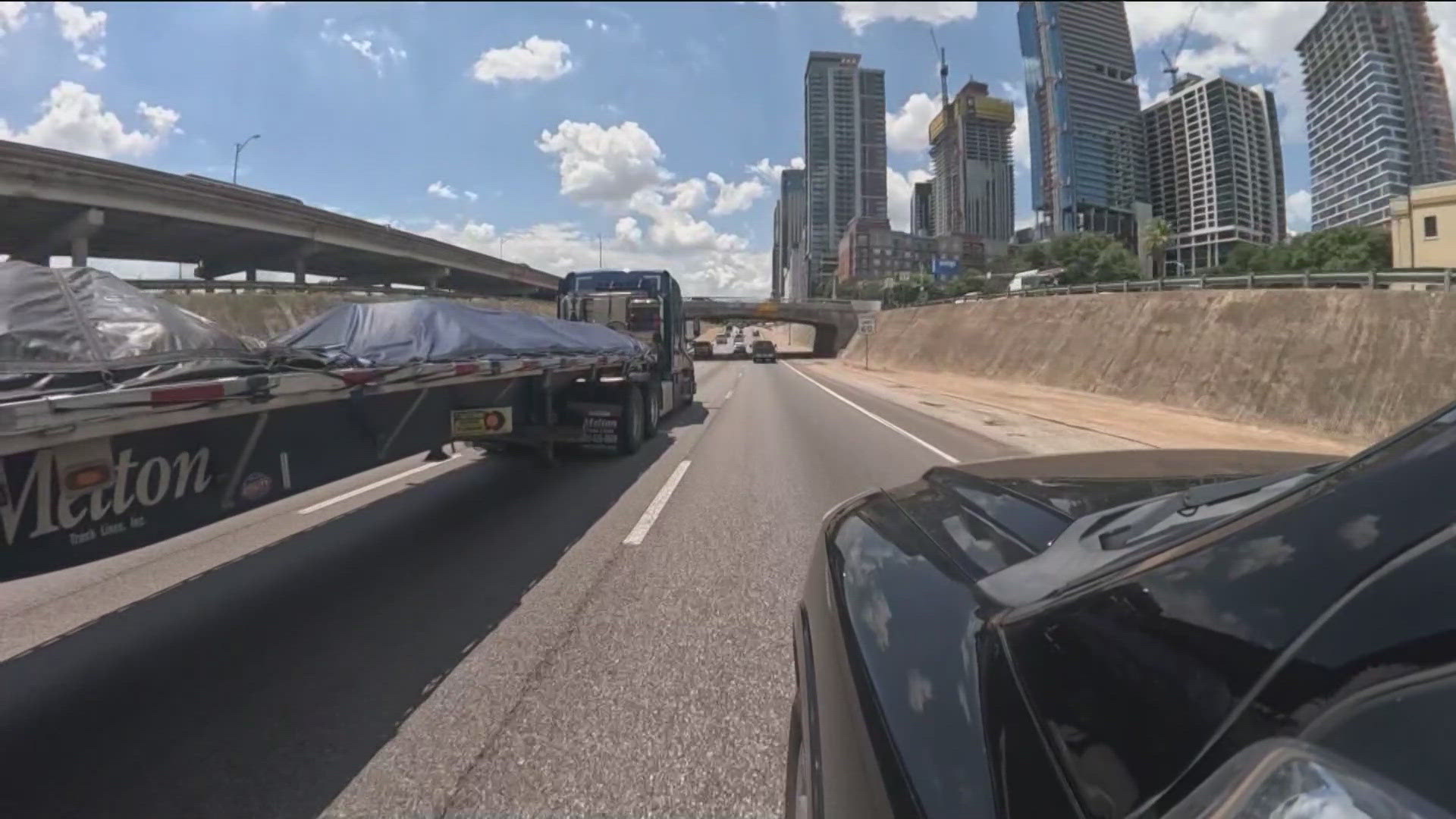AUSTIN, Texas — In a recent report, Austin transportation officials found a 22% drop in deadly and serious injury crashes at 22 major intersections that have received safety upgrades since 2016.
The report states that all other signalized intersections in Austin that haven't been upgraded saw severe crashes increase by 1%.
The report is part of Austin’s Vision Zero plan to end traffic deaths and serious injuries in the city.
“It’s not just numbers, right?” Joel Meyer, acting Transportation Safety Officer for Vision Zero, said. “They’re people. They’re our family. They’re our friends.”
RELATED: New data shows how many pedestrians killed in Austin area as TxDOT launches safety campaign
For example, Interstate 35 at Martin Luther King Jr. Boulevard near the University of Texas saw an 86% drop in average annual fatal and severe crashes compared to before the intersection received safety improvements.
Pleasant Valley Road and Elmont Drive in southeast Austin saw an 85% decrease in the same category.
Meyer said the improvements are not only saving lives, but also money from hospitalizations, insurance and other costs.
“What we found is actually some of the lower cost treatments were some of the most impactful,” Meyer said.
Protecting left turns and changing signal timing are two examples.
Still, eight of the 22 upgraded intersections analyzed showed annual fatal and severe injury crashes go up. For example, Interstate 35 and Eighth Street saw a 400% jump.
Meyer said drivers running red lights is causing most of the increases – a problem that’s tough for his office to stop.
“That really comes down to poor decision making, lack of enforcement and lack of consequences on our roadways,” Meyer said.
He added that a small sample size of crashes and limited after-crash data for more recent projects also explains the variability.
“We’re also doing things like using video analytics to understand how these crash trends are changing,” Meyer said. “So, looking at recorded video footage at some of these intersections to understand how things like near-misses or red light running or other behaviors are changing, so we can actually not have to wait for the crash data to come in to understand if these are working.”
At U.S. 183 and Cameron Road, which saw a 92% jump in fatal and severe injury crashes, the city plans to add shared use paths, geometric changes to slow turns and concrete islands.
Meyer said around a dozen more projects are moving toward construction in 2024, with 14 more in design.
Voter-approved mobility bonds are covering those costs, plus smaller projects like street lighting and pedestrian crossings. Meyer said those dollars should last for another two to three years.

